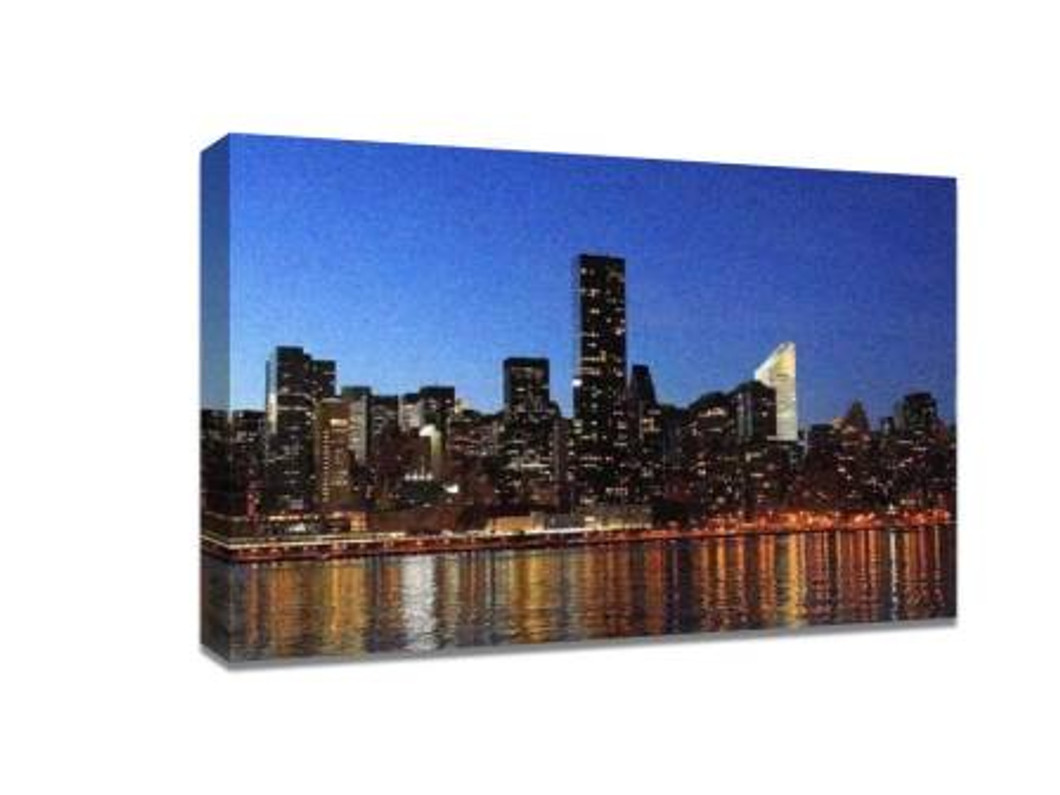9 Tips for Shooting in Low Light: Capture Stunning Photos Every Time
Photography in low light can be challenging, but it also opens the door to capturing dramatic and captivating images. Whether you are photographing a cozy indoor scene, a night cityscape, or a dimly lit concert, mastering low-light techniques is essential. For those looking to turn their stunning low-light photos into canvas prints, check out canvas prints for high-quality display options that bring your images to life.
Here are nine essential tips to help you shoot in low light and achieve professional results.
1. Use a Tripod for Stability
Low-light photography often requires slower shutter speeds to allow more light into your camera. Holding your camera by hand can result in blurry images. Using a tripod ensures stability, allowing longer exposures without motion blur. Consider a tripod with adjustable legs and a sturdy head to handle various shooting angles.
2. Open Your Aperture
A wide aperture (small f-number) allows more light to reach your camera sensor, making it easier to shoot in dim conditions. For example, shooting at f/1.8 or f/2.8 can dramatically improve your exposure. Keep in mind that a wide aperture also creates a shallow depth of field, which can beautifully isolate your subject from the background.
3. Increase ISO Carefully
Increasing your ISO makes your camera sensor more sensitive to light, helping you capture brighter images. However, higher ISO settings can introduce digital noise. Experiment to find the highest ISO you can use while maintaining acceptable image quality. Many modern cameras handle high ISO levels better than older models, so don’t be afraid to push it when necessary.
4. Use Manual Focus
Autofocus can struggle in low-light conditions, leading to soft or out-of-focus images. Switch to manual focus to take control and ensure sharp subjects. Use your camera’s focus magnification feature if available to precisely adjust focus on your subject.
5. Shoot in RAW Format
Shooting in RAW preserves all the image data captured by your camera sensor, giving you more flexibility in post-processing. In low-light situations, RAW files allow you to adjust exposure, white balance, and reduce noise without significantly degrading image quality, unlike JPEG files.
6. Utilize Reflective Surfaces and Natural Light Sources
Even in dim environments, reflectors or available light sources can help illuminate your subject. Mirrors, windows, or streetlights can create beautiful highlights and add depth to your photos. Experiment with bouncing light or using diffusers to soften harsh lighting and avoid overly dark shadows.
7. Experiment with Shutter Speed
Shutter speed is crucial in low light. A slower shutter speed lets in more light but increases the risk of motion blur. If your subject is stationary, use a longer exposure. For moving subjects, consider balancing shutter speed with ISO and aperture, or embrace motion blur creatively for artistic effect.
8. Stabilize with Camera Support Alternatives
If you don’t have a tripod, use alternative support methods such as resting your camera on a table, railing, or even a bag. Using the camera’s timer or a remote shutter release can also prevent shake when pressing the shutter button. Every small stabilization effort helps improve sharpness in low-light shots.
9. Practice and Embrace Low-Light Creativity
Low-light photography encourages experimentation. Play with shadows, silhouettes, and artificial light sources. Don’t fear underexposure; sometimes darker images convey mood and depth better. By practicing regularly, you will learn how to balance exposure, composition, and lighting, ultimately creating images that are perfect for printing and displaying as high-quality canvas prints.
Low-light photography is a skill that transforms ordinary photos into breathtaking works of art. By implementing these nine tips, you can take sharper, more vibrant photos even in challenging lighting. Once captured, consider turning your favorite images into canvas prints to showcase your artistry at home or in professional spaces.
Recent Posts
-
Five Reasons Large Canvas Prints Are the Ideal Wall Decor for Your Living Room
Creating a warm, stylish, and inviting living room is a goal shared by many homeowners, and choosing …21st Nov 2025 -
Best Christmas Gifts 2025: Thoughtful Photo Gifts That Make Memories Last
Choosing the perfect Christmas gift in 2025 is all about meaning, practicality, and emotional connec …19th Nov 2025 -
How to Get Custom-Looking Canvas Prints at the Cheapest Prices in Australia
When it comes to decorating your home or office with beautiful artwork, canvas prints are a popular …13th Nov 2025
